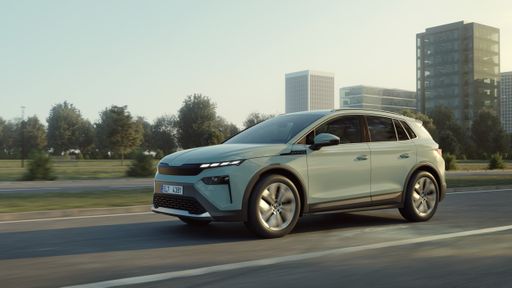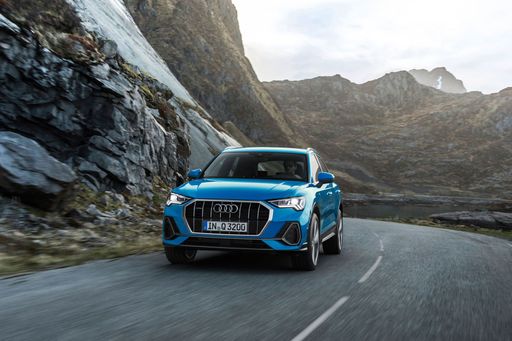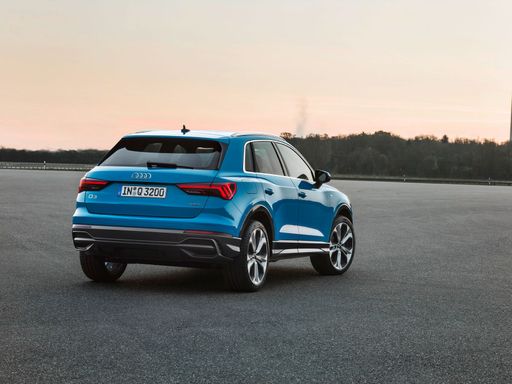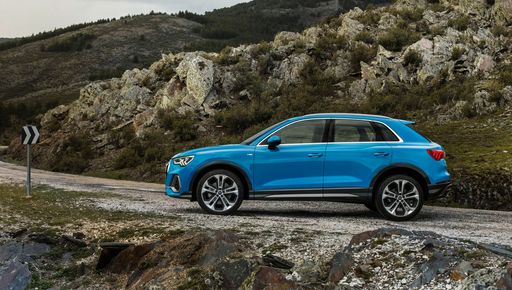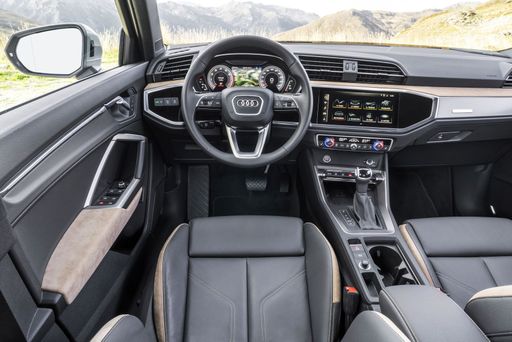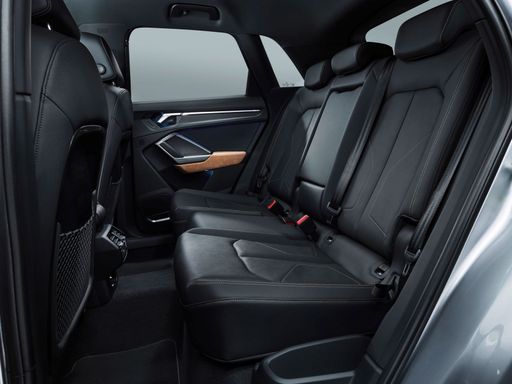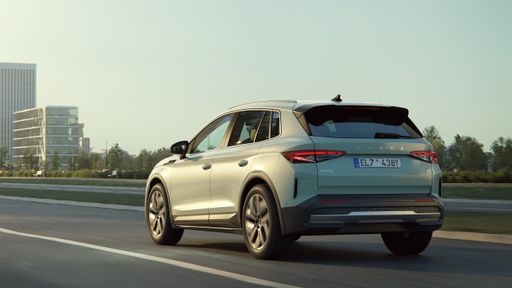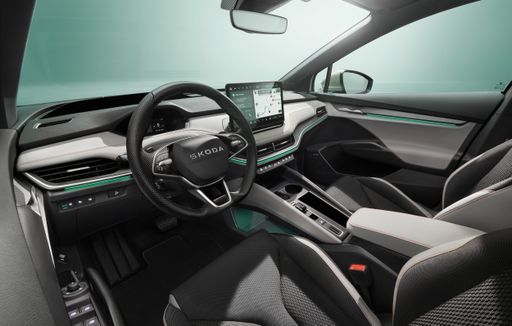Audi Q3 vs Skoda Elroq: The SUV Showdown
In the world of compact SUVs, the Audi Q3 and Skoda Elroq represent two distinct philosophies in automotive engineering and design. While both are comfortable, stylish, and packed with features, they cater to different audiences with varying needs. This comparison will delve into their technical specifications, driving performance, innovations, and overall appeal to help potential buyers make an informed choice.

